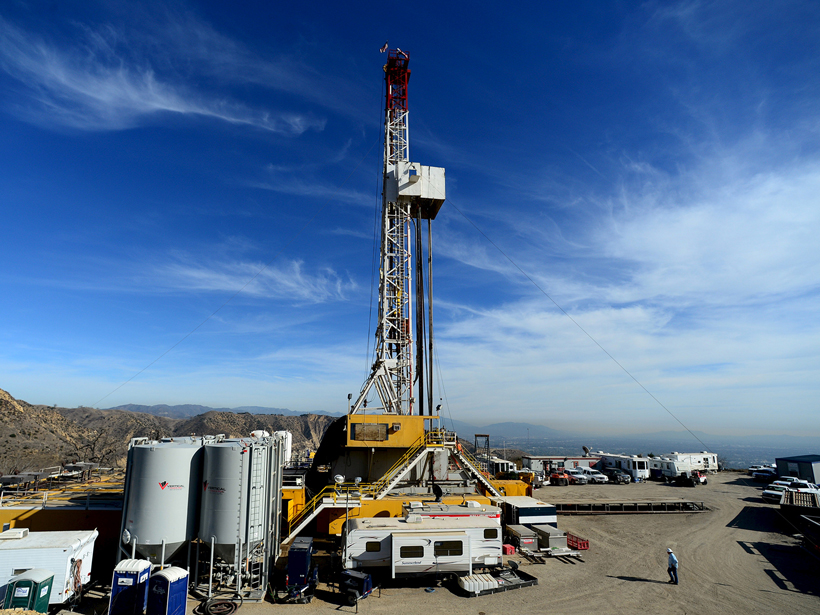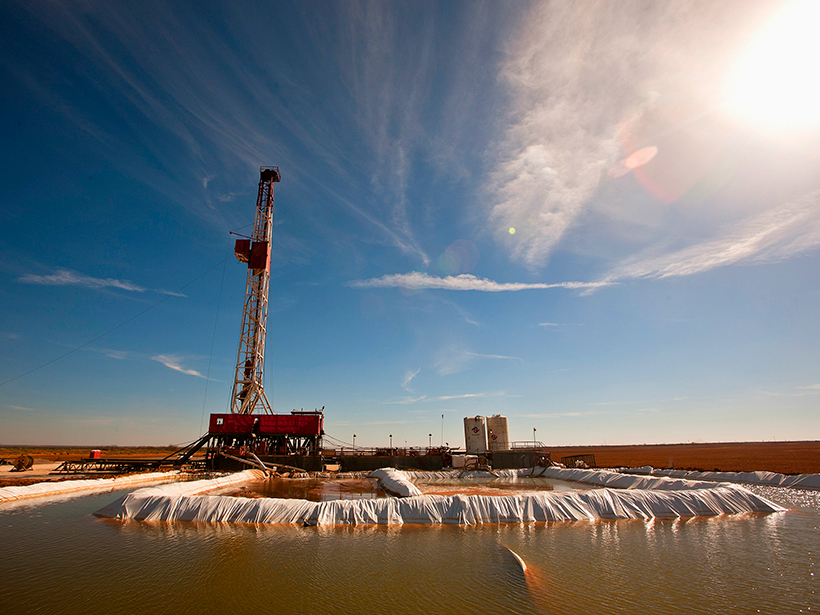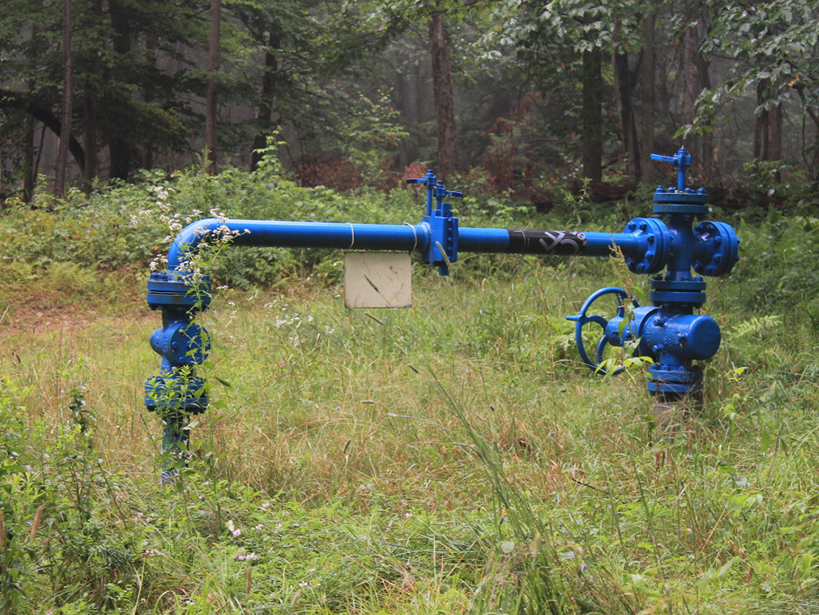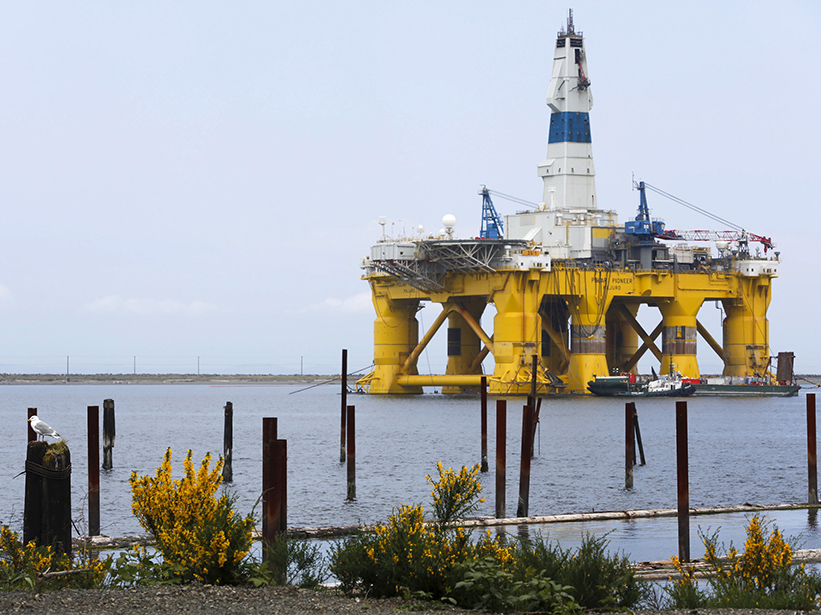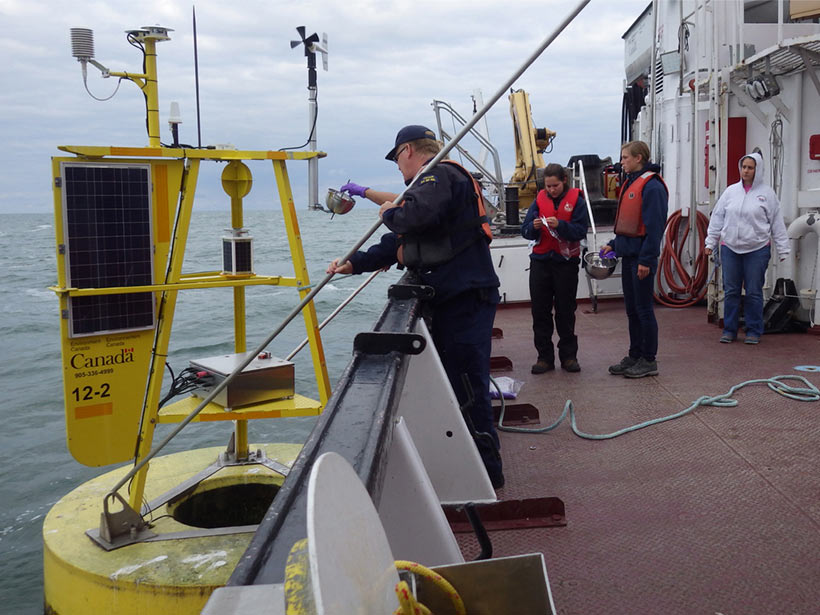For the first time, new research examines the response of terrestrial soil microbes to a massive natural gas blowout and offers hope for new remediation strategies.
oil & gas
Largest Ever U.S. Shale Oil Deposit Identified in Texas
The Wolfcamp shale, which underlies a large swath of Texas roughly centered on the city of Midland, contains 20 billion barrels of oil that could be recovered with current technology.
Administration Official Sees Alaska Offshore Drilling Ahead
At a recent forum, leaders laid out some interdependent energy, environmental, infrastructure, and military issues coming into play in a more navigable Arctic region.
What Happens to Methane That Leaks from Abandoned Wells?
Three-dimensional simulations suggest that some aquifers may be more vulnerable to contamination from leaky oil wells than others.
The Fate of Hydrocarbons Seeping from the Ocean Floor
Researchers investigate the properties of bubbles at deep-ocean oil seeps to improve oil spill models.
U.S. Arctic Leader: With Shell Oil out, Arctic Lost Attention
Shell's drilling activities in the Arctic drew the world's eyes to the far north and to issues like climate change and oil spills, the U.S. special representative for the Arctic said in a recent talk.
Algae Blooms and Gas Wells Drive Lake Erie Methane Emissions
In one of the first studies to investigate large lakes as methane sources, researchers found that Lake Erie is releasing more of the potent greenhouse gas than expected.
Interior Department Shelves Oil and Gas Lease off Atlantic Coast
The administration moves forward with offshore plans for the Gulf of Mexico and Alaska, but its removal of an Atlantic lease sale sparks sharp responses from industry.
Asphalt Volcanoes Erupt in Slow Motion
Natural asphalt seeps on the ocean floor provide a stable home for diverse marine life that sequesters greenhouse gases.
Exxon, AGU, and Corporate Support
A letter signed by 100 members and other scientists was delivered to the American Geophysical Union on Monday, 22 February, calling on the organization to sever its ties with ExxonMobil.

